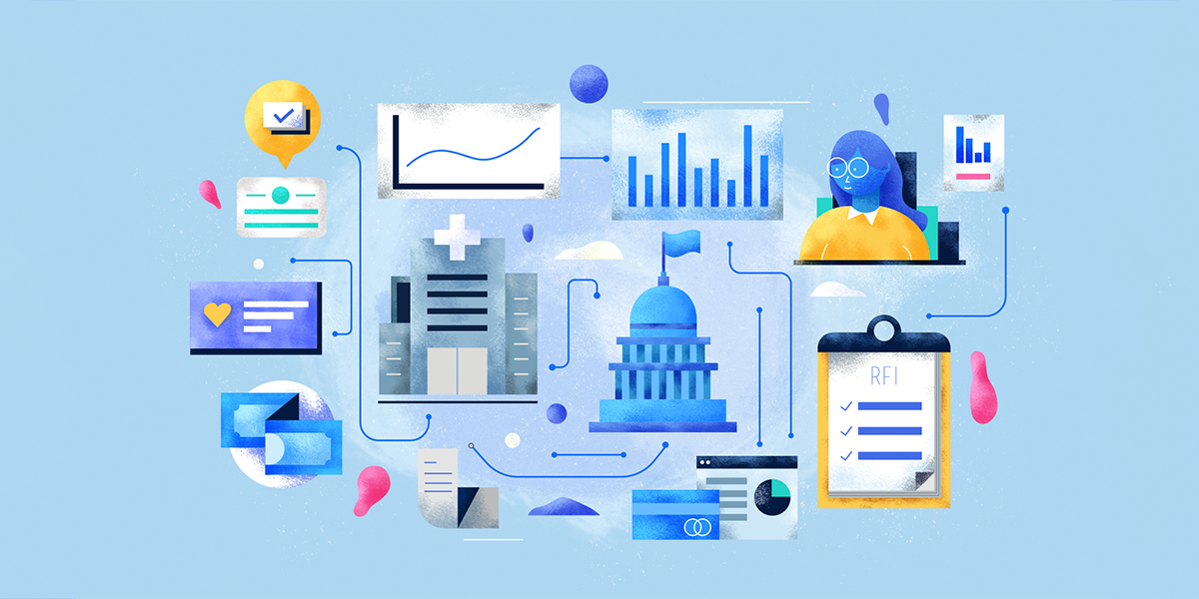Hot on the heels of closing out the flagship Oncology Care Model (OCM) in June of 2022, CMS is introducing the next step in value-based care for oncology practices.
The Enhancing Oncology Model (EOM), which will begin on July 1, 2023, builds on the successes of its predecessor while adding new opportunities for oncology practices to earn shared savings and continue to advance the development of value-based care.
“There are stark inequities in the ability of people with cancer across race, gender, region, and income to access cancer screening, diagnostics, and treatment,” said CMS Administrator Chiquita Brooks-LaSure in a press release. “The Enhancing Oncology Model will incentivize participating oncology practices – including those in rural and underserved areas – to improve the provision of high quality, coordinated care that addresses patients’ social needs and improves patient and caregiver support.”
EOM plans to build on lessons learned from OCM over its five-year lifespan. The voluntary model will focus on Medicare beneficiaries undergoing systemic chemotherapy for seven common cancers, including breast cancer, chronic leukemia, lung cancer, lymphoma, multiple myeloma, prostate cancer, and small intestine/colorectal cancer.
Here’s everything we know about EOM so far.
What are the goals of EOM?
EOM is designed to complement the mission of Biden Administration’s Cancer Moonshot, which is to reduce cancer deaths by half within the next 25 years, CMS officials said. The model aims to reduce health inequities, improve patient experiences, and support the ongoing transition to a value-based reimbursement environment.
In addition to providing high-quality clinical care, participants will be expected to offer enhanced services, such as patient navigation, care planning, expanded access to clinicians, screening for health-related social needs, and the collection of electronic patient-reported outcomes data (ePROs) to ensure comprehensive care for Medicare beneficiaries.
Improving communication and collaboration between patients and providers is a key objective for the model. Patients will also be able to provide feedback on their experiences to better guide the future of the cancer journey.
What are the key design features of EOM
In many ways, EOM is similar to the OCM program. It is a voluntary national program with no geographic restrictions on applying for membership, and it is a multi-payer model with participation from private payers, Medicare, Medicare Advantage, and Medicaid.
Participants in the program will be required to:
-
Report certain patient demographic data elements to CMS
-
Develop a plan illustrating their activities to address health equity gaps in their unique patient population
-
Engage in practice redesign activities including 24/7 access to care, use of evidence-based guidelines, and use of data for quality improvement
-
Gradually integrate the use of ePRO data in quality improvement and patient care activities
Providers will be incentivized via two pathways: 1) Monthly Enhanced Oncology Services (MEOS) payments for successfully delivering Enhanced Services and 2) retrospective performance-based payment (PBP) based on quality and savings metrics. MEOS payments will be differential based on the beneficiary’s dual eligibility status, while the calculations for PBP benchmarks will be cancer-specific.
Unlike OCM, however, EOM participants will be required to engage in one of two downside risk pathways from the very beginning of the model and may be liable for performance-based financial recoupments if they fail to meet high standards of quality care.
The downside risk element means that both EOM pathways are expected to qualify as an alternative payment model (APM) under the Quality Payment Program (QPP) in July 2023. The more intensive risk option is also expected to be counted as an Advanced APM, giving participants additional opportunities to earn incentives through the QPP.
What should interested practices do right now?
The application period opened on June 27 and will close on September 30, 2022. Practices interested in EOM can access the application information here. Previous participants in OCM will need to reapply for the EOM program, CMS notes, as the two models are separate.
CMS officials will also be hosting an Overview Webinar on Thursday, June 30, 2022, at 3:00 PM EST to provide more information about the initiative. CMS will hold additional webinars throughout the application period to answer questions, including a payment methodology session in July.
More information about the model is available in an accompanying FAQ document, and CMS will undoubtedly release additional details as the launch date approaches.



